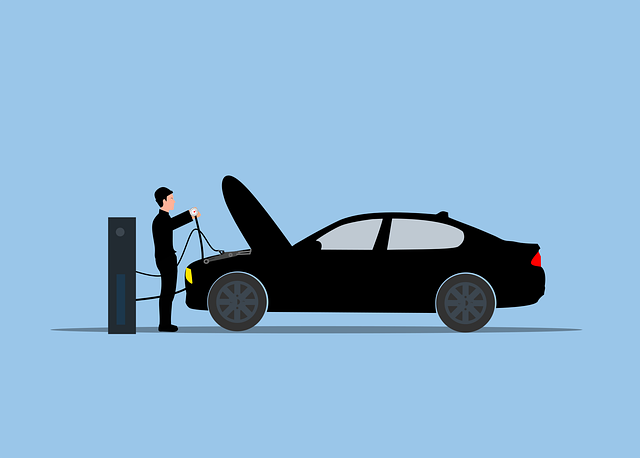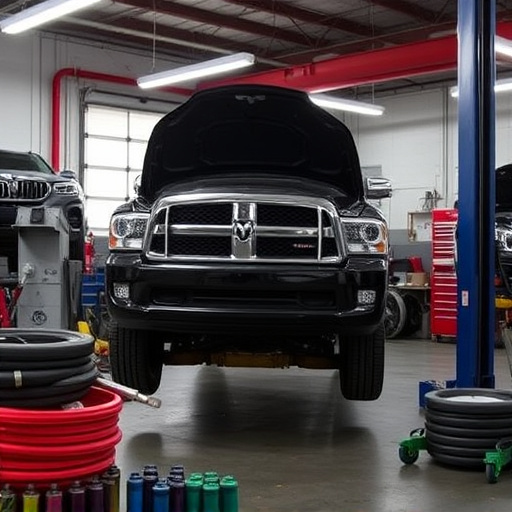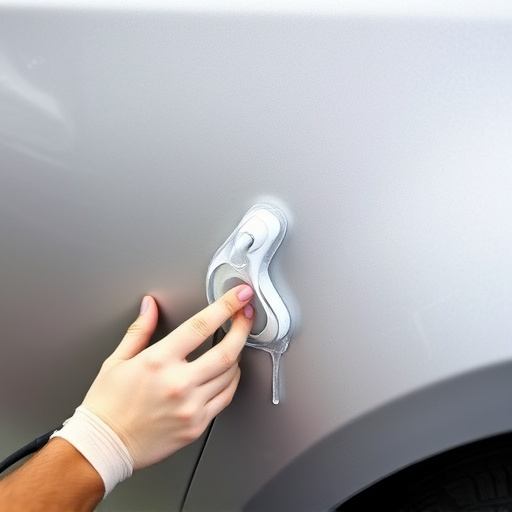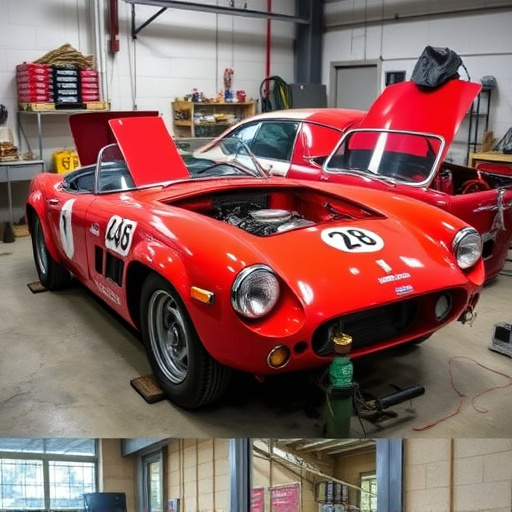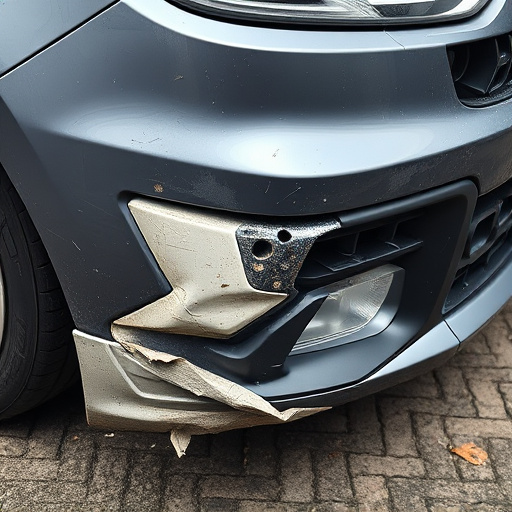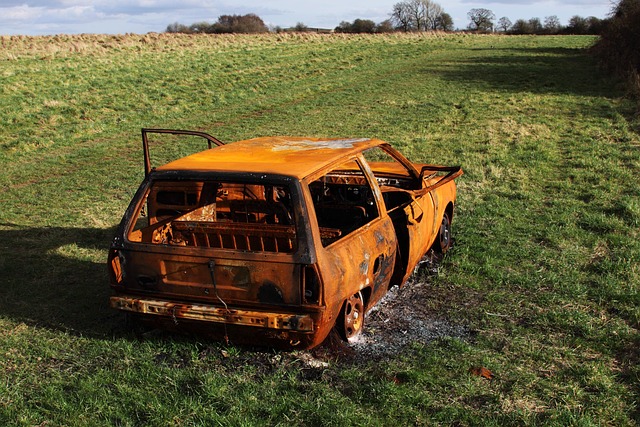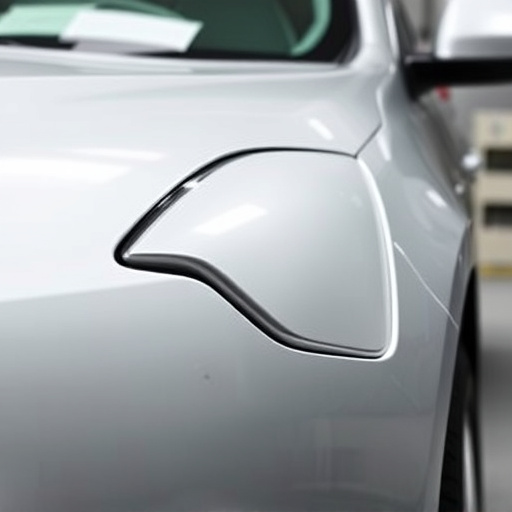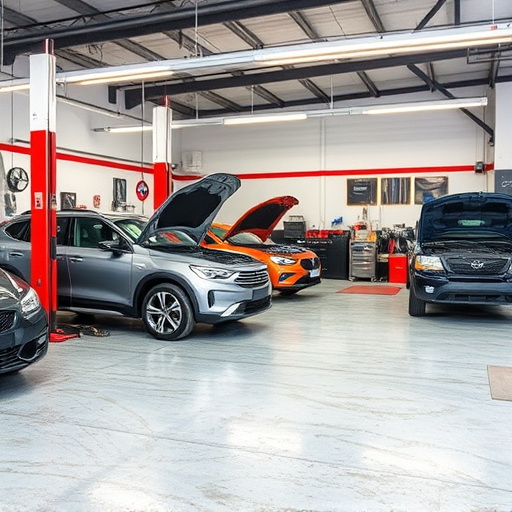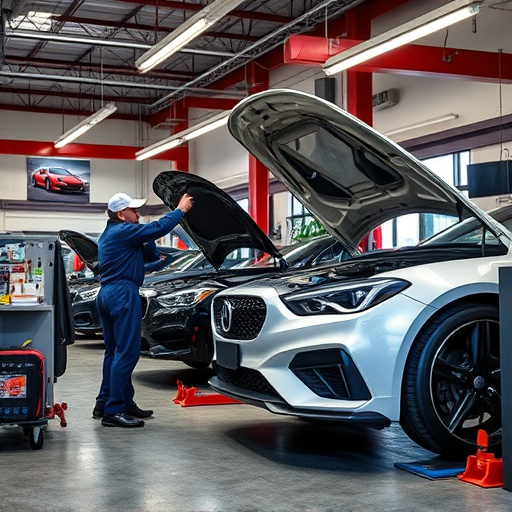Advanced imaging tech, including 3D scanning and high-res photography, revolutionizes roof dent repair by offering precise damage assessment and measurement, especially for complex roofs. This technology reduces repair times and boosts customer satisfaction across vehicle models. Despite initial investment and training challenges, its growing accessibility suggests future cost savings and streamlined processes in roof dent repair.
“Advanced imaging technology is transforming the landscape of roof dent repair, offering precise and efficient solutions. This article delves into the innovative world of digital scanning, 3D modeling, and image-guided restoration, revolutionizing how roofing professionals address dents and damage.
We’ll explore the step-by-step process, from initial scans to final restoration, highlighting the benefits of increased accuracy, reduced material waste, and faster turnaround times. Additionally, we’ll discuss the challenges and future prospects of integrating advanced imaging into roof dent repair practices.”
- Understanding Advanced Imaging Technology in Roof Dent Repair
- The Process: From Scan to Restoration
- Benefits and Challenges of Using Advanced Imaging for Roof Repairs
Understanding Advanced Imaging Technology in Roof Dent Repair
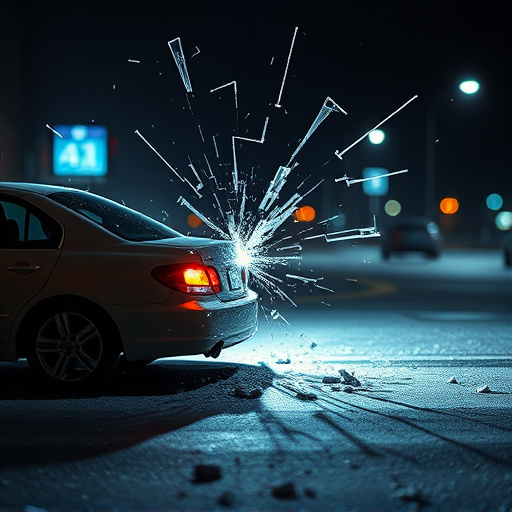
Advanced Imaging Technology has revolutionized the landscape of roof dent repair, transforming what was once a labor-intensive process into a more efficient and precise one. This cutting-edge technology enables technicians to accurately assess and diagnose roof dents, ensuring that every imperfection is addressed for a seamless restoration. By using advanced imaging techniques, such as 3D scanning and high-resolution photography, professionals can now capture detailed images of the dented area from various angles.
These digital tools not only provide a comprehensive view of the damage but also facilitate accurate measurement and analysis. This level of precision is particularly beneficial for complex roof structures, where identifying subtle differences in shape and size is crucial. Moreover, advanced imaging streamlines the entire roof dent repair process, integrating seamlessly into collision repair services and even bumper repair procedures, ultimately leading to faster turnaround times and higher customer satisfaction across vehicle repair sectors.
The Process: From Scan to Restoration
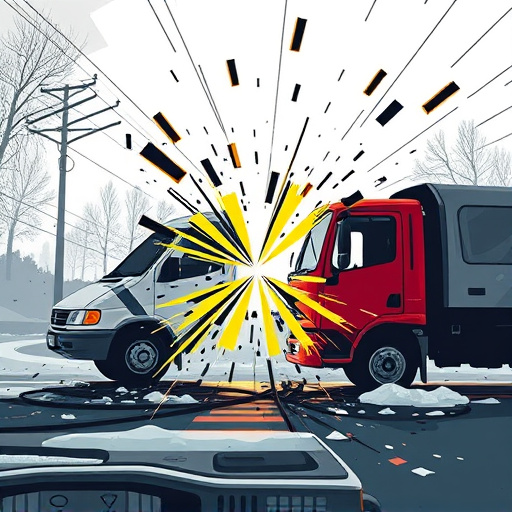
The roof dent repair process begins with a thorough scan using advanced imaging technology. This initial step is crucial for accurately assessing the extent of damage and planning the restoration. Professional technicians employ specialized tools to capture detailed 3D images of the dented area, ensuring every dimple and crack is visible. These high-resolution scans serve as a roadmap for the entire repair process, enabling precise dent removal techniques.
Once the scan is complete, the collision repair services team analyzes the data and creates a customized restoration plan. They identify specific points where the roof needs to be manipulated to eliminate the dent, preserving the vehicle’s original integrity. The final step involves implementing this strategy, utilizing cutting-edge tools and techniques from vehicle repair services to carefully remove the dent without causing further damage, restoring the roof to its pre-accident condition.
Benefits and Challenges of Using Advanced Imaging for Roof Repairs
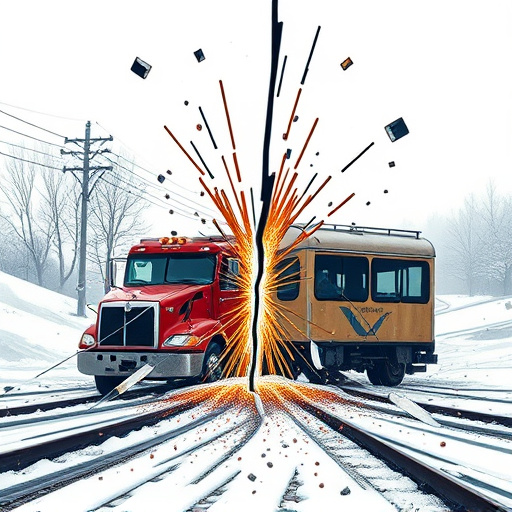
Advanced imaging technologies have significantly enhanced the roof dent repair process, offering numerous benefits to both repair shops and vehicle owners. One of the key advantages is improved accuracy; 3D imaging allows for detailed analysis of dents, ensuring precise measurements and damage assessment. This level of precision leads to more effective repairs, reducing the risk of oversights or misjudgments that can occur with traditional methods.
While advanced imaging provides a powerful tool for roof dent repair, there are challenges to consider. The initial cost of purchasing and implementing these technologies can be high, representing a significant investment for collision repair centers. Moreover, proper training is necessary to ensure technicians can operate the equipment effectively, adding another layer of complexity. However, as technology becomes more accessible and affordable, the benefits of advanced imaging in vehicle body repair are expected to grow, streamlining processes and potentially reducing overall car dent removal costs.
Advanced imaging technology has revolutionized the landscape of roof dent repair, offering precise and efficient solutions. By employing techniques such as 3D scanning and high-resolution photography, professionals can now accurately assess and restore damaged roofs with remarkable speed and accuracy. While initial costs may be higher, the benefits—including reduced labor time, minimized material waste, and improved aesthetic results—make advanced imaging a game-changer in the roof dent repair industry.



